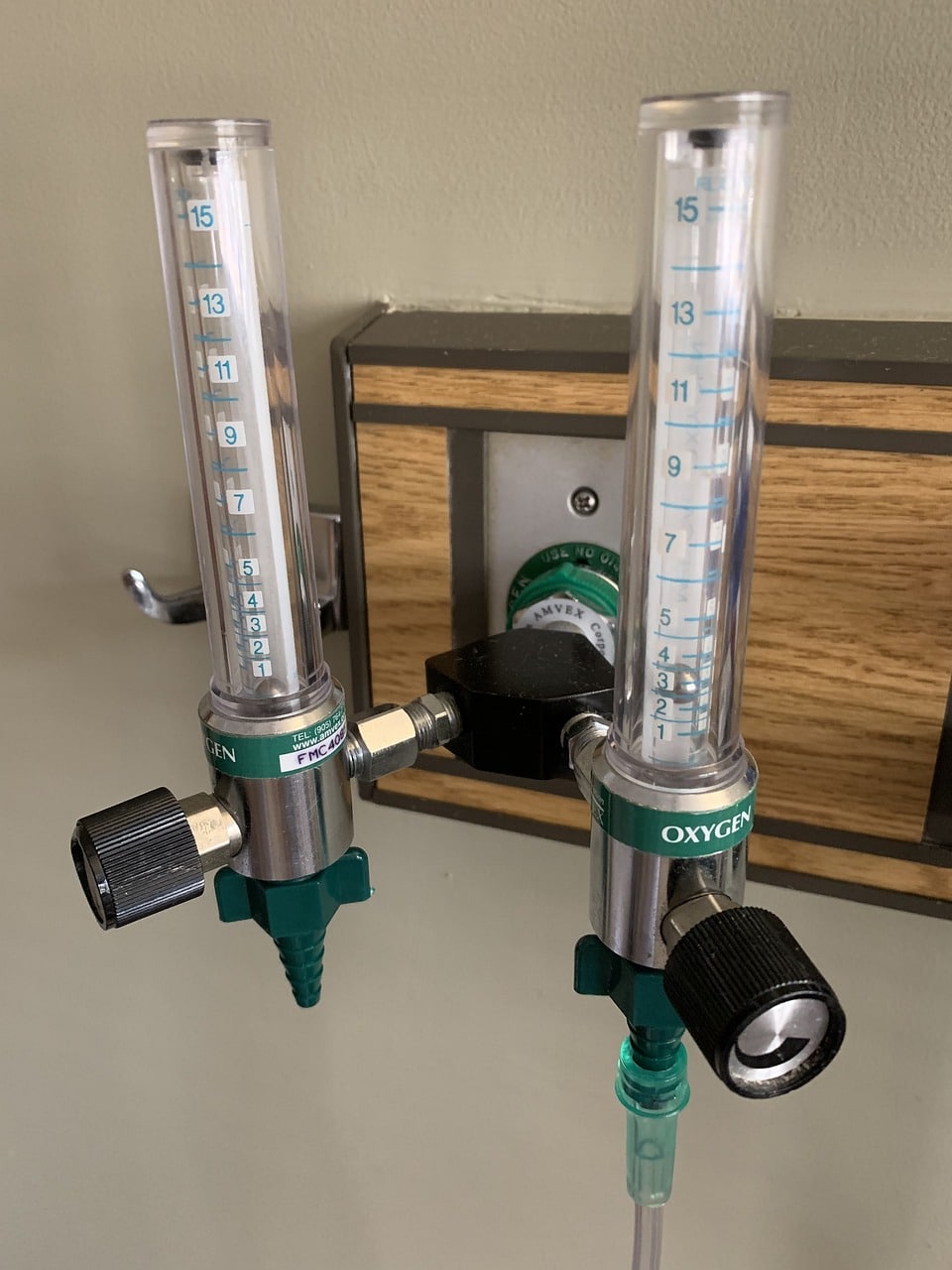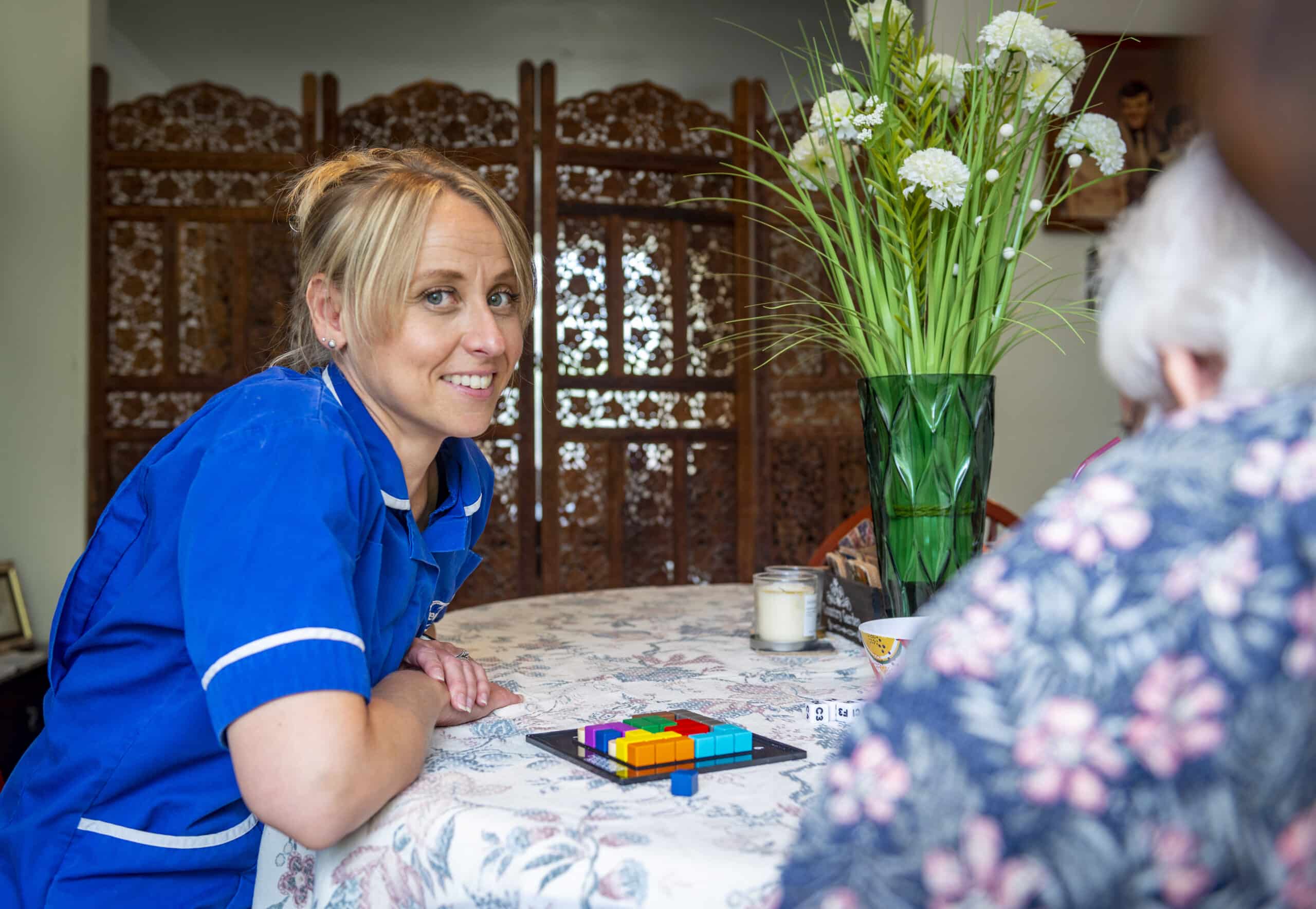Home Oxygen Therapy: A Guide to Safe and Effective Use

Home oxygen therapy is an essential treatment for individuals with certain medical conditions that impair lung function. Understanding how to use oxygen therapy at home safely and effectively is crucial for both patients and caregivers. This comprehensive guide will explore the key aspects of home oxygen therapy, ensuring it is administered with the utmost care and precision.
What is Home Oxygen Therapy?
Home oxygen therapy involves the use of medical oxygen in a home setting. It’s prescribed for conditions like chronic obstructive pulmonary disease (COPD), pulmonary fibrosis, and severe heart failure, where oxygen levels in the blood are lower than they should be.
Types of Oxygen Therapy Systems
There are several types of home oxygen systems available, each with its unique features and benefits:
- Oxygen Concentrators: These devices take in air from the environment, remove other gases, and deliver almost pure oxygen.
- Liquid Oxygen Systems: They store oxygen in liquid form and convert it to gas before use.
- Compressed Oxygen Cylinders: These are portable tanks filled with oxygen gas.
Starting with Oxygen Therapy at Home
When initiating oxygen therapy at home, it’s vital to consider several factors:
- Assessment and Prescription: A healthcare provider should assess the patient’s oxygen needs and prescribe the appropriate type and flow rate of oxygen.
- Equipment Selection: Based on the prescription, the right oxygen delivery system should be chosen.
Safety Measures
Safety is paramount when using oxygen therapy at home. Oxygen supports combustion, so it’s essential to take precautions:
- No Smoking: Keep oxygen away from open flames or smoking materials.
- Proper Storage: Store oxygen containers upright in a well-ventilated area.
- Regular Equipment Checks: Ensure the equipment is in good working order.
Managing Oxygen Therapy
Effective management of oxygen therapy involves regular monitoring and adjustments:
- Monitoring Oxygen Levels: Regularly check the oxygen flow and ensure it matches the prescribed settings.
- Recognising Side Effects: Be aware of potential side effects, such as dryness in the nose or mouth, and take appropriate measures.

Living with Oxygen Therapy
Living with oxygen therapy requires some lifestyle adjustments, but it doesn’t have to be limiting:
- Staying Active: Patients can still engage in many activities while using portable oxygen systems.
- Travel Considerations: Plan ahead for travel to ensure a continuous oxygen supply.
Incorporating home oxygen therapy into daily life is a significant adjustment for patients and their families. Understanding its impact on various aspects of living and how to manage these changes effectively is crucial. This part of the guide explores additional considerations and best practices for integrating oxygen therapy into everyday routines, ensuring both comfort and safety.
Adjusting to Home Oxygen Therapy
Adapting to the presence and use of oxygen therapy equipment at home can take time. It’s not just about getting used to the physical presence of the machine or the cannula but also about integrating the therapy into daily life. Patients and their families often go through an adjustment period where they learn to manage the logistics and emotional aspects of the therapy.
Creating a Safe Home Environment
Safety is a top priority when using oxygen therapy at home. This involves more than just keeping the oxygen source away from flames. It’s about creating an environment where the risks associated with oxygen therapy are minimised. This means rearranging living spaces to avoid tripping hazards, ensuring good ventilation, and educating all household members about the do’s and don’ts of oxygen use.
Handling Emergency Situations
Patients and caregivers should be prepared to handle potential emergencies related to oxygen therapy. This includes knowing how to respond if the oxygen equipment fails, understanding the signs of oxygen deprivation, and having a plan in place for power outages or equipment malfunctions.
Travel and Social Life with Oxygen Therapy
Oxygen therapy shouldn’t mean giving up on social life or travel. With proper planning, patients can continue to enjoy outings and vacations. It involves coordinating with oxygen suppliers for travel, understanding airline policies for oxygen, and planning activities around the therapy schedule. Maintaining an active social life requires some adjustments, but it is entirely possible with oxygen therapy.
Emotional and Psychological Support
Dealing with a chronic condition that requires oxygen therapy can be challenging, not just physically but also emotionally. Patients might feel self-conscious about using oxygen in public or anxious about their health. Providing emotional and psychological support is as important as managing the physical aspects of the therapy. This can include counselling, support groups, or simply having someone to talk to about concerns and fears.
Educational Resources and Support
Continuous education about oxygen therapy and its management is vital for patients and caregivers. Access to reliable resources, attending workshops, and staying updated with the latest in oxygen therapy can greatly enhance the management of the condition. Healthcare providers should offer ongoing education and support to ensure patients and caregivers are well-informed and confident in managing the therapy.
Collaboration with Healthcare Providers
Effective oxygen therapy management requires close collaboration with healthcare providers. Regular check-ups, open communication, and shared decision-making are key to ensuring the therapy is effective and adapted to the patient’s evolving needs.

Caremark’s Approach to Oxygen Therapy at Home
At Caremark, we are committed to providing comprehensive and compassionate oxygen therapy services in the comfort of your home. Our team of healthcare professionals is trained to administer high-flow oxygen therapy, tailored to each patient’s unique needs. We focus on delivering treatment with precision and care, ensuring safety and comfort at every step. Our comprehensive care plans are designed to adapt to the changing needs of our patients, providing peace of mind that all aspects of oxygen therapy are being expertly managed.
For more information about our services and approach to oxygen therapy, please visit our About Us page and Contact page for further inquiries.